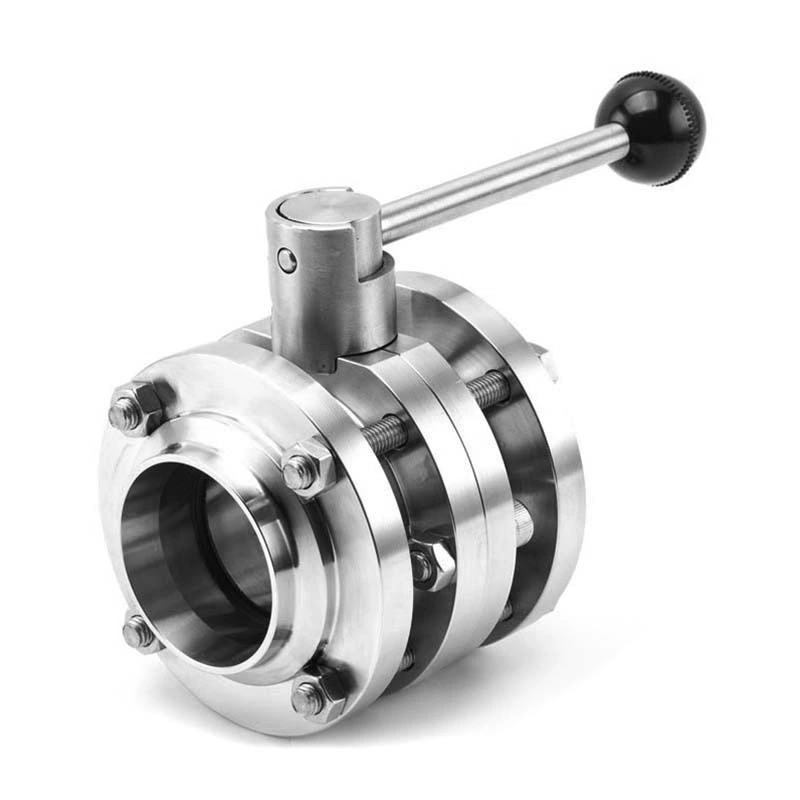Application And Drive Mode Of Sanitary Butterfly Valve In Sanitary Field
Sanitary Butterfly Valve is a kind of valve widely used in the sanitary field. The reason why it is called a butterfly valve is not that its appearance looks like a butterfly, but because this type of valve has a simpler appearance structure, is more convenient to use, has a smaller appearance, and is very flexible to open and close. Butterflies are also small and flexible insects, and there are many similarities, so this device is called a 6 sanitary butterfly valve.
The driving methods of pneumatic sanitary valves are divided into manual, pneumatic, electric, etc. Among them, pneumatic butterfly valves are terminal components in process control, and people have a newer understanding of its importance than in the past. The quality of the product depends not only on the quality of the product itself and whether the user correctly installs, uses, and maintains it, but also on correct calculation and selection. Due to the error in selection during purchase, the system is turned on and off, and some even cannot be put into use. Users and system designers must pay attention to the selection principles of pneumatic 3 tri clamp butterfly valve. The specific principles are as follows.
Due to the error in calculation and selection, the system is turned on and off, and some even cannot be put into use. Therefore, users and system designers should recognize the importance of valves on site and pay enough attention to the selection of regulating valves. According to the process conditions, select the appropriate structure and material; according to the characteristics of the process object, select the flow characteristics of the pneumatic 3a sanitary valve; according to the process operation parameters, select the appropriate pneumatic butterfly valve clamp end caliber size; according to the requirements of the process, select the required auxiliary device; reasonably select the actuator.
Using a pneumatic clamp butterfly valve with the same diameter as the pipeline and a valve trim that limits the flow capacity is conducive to reducing the valve inlet pressure and outlet fluid flow rate. It is not necessary to install additional pipe fittings such as reducers, which is conducive to reducing costs. By replacing the valve trim with large flow capacity, the flow capacity can be expanded. By selecting the valve trim that limits the flow capacity, the error of calculating the caliber too large can be corrected.
